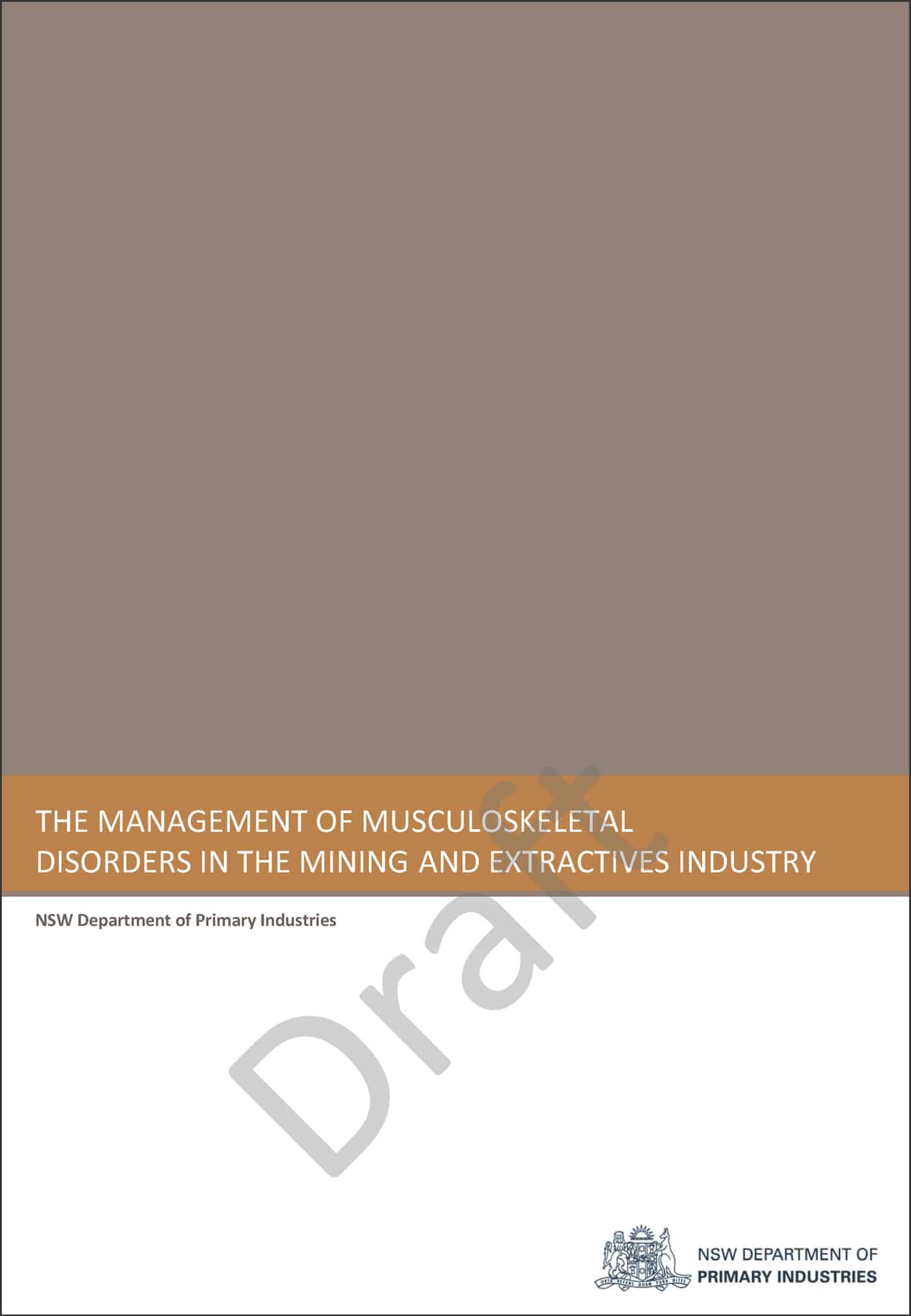In the Australian Financial Review on 17 February 2009 (page 8 but not accessible online) Steven Scott reports that the Western Australian Treasurer Troy Buswell is in a stoush with the Federal government over OHS laws. They are not. Buswell is quoted as saying
“My view is that it’s much more appropriate to make sure you get it right… We will not be supporting the establishment of Safe Work Australia until we are in a position to commit ourselves to the full harmonisation process.”
Buswell wants more time and more information. He is also concerned about the (related) industrial relations changes. Only last week, Buswell was at a Senate Committee supporting West Australian businesses. The Treasurer’s stance is at least consistent and prepared for flexibility.
Michael Tooma, a labour lawyer with Deacons in Sydney, is reported as saying that
“These right of entry provisions could be used for ulterior purposes, either for a recruitment drive or as a way of causing industrial agitation….. It gives unions the right to use OHS as a Trojan Horse for the purpose of entry onto sites.”
In his initial analysis of the final report Tooma wrote
“The Panel took the view that union right of entry contributes in a positive manner to OHS compliance at a workplace level. It recommended that the model Act provide right of entry for OHS purposes to union officials and/or union employees formally authorised for that purpose under the model Act.”
and that
“These recommendations have the potential to industrialise the safety agenda.”
The review panel is acting on the fact that workplace safety is already industrialised and that those who continue to split to two areas are denying reality. OHS cannot be managed successfully without also working with the human capital and industrial relations context.
The right-of-entry provisions in any legislation is a hotly contested ideological battle and there is plenty of evidence through the many submissions to many OHS and IR reviews of this.
Right-of-entry is not a threat of punishment and is readily avoided through workplaces having active and functional methods of consultation and safety management.
Similarly, concerns are being raised over the introduction of Provisional Improvement Notices (PINs) in some jurisdiction. PINs are an acknowlegement of a breakdown in communication and a dysfunctional safety management system in the workplace. In some workplaces PINs are never applied because everyone talks about safety in an open and accountable fashion.
Many of the concerns being raised over this final review panel report can be addressed by safety professionals and advocates publishing examples of how alarming legislative provisions have proven to be non-starters. The power may be on the legal register but are infrequently applied.
When the new right-of-entry provisions were being introduced in Victoria, many lawyers and employer representatives said the world would collapse. It hasn’t and the sensible control and oversight of the process is now recommended across Australia.
It is perhaps time for WorkSafe Victoria to re-emphasise the success of the right-of-entry management process it has operated under for several years. John Merritt, CEO of WorkSafe Victoria has spoken very positively of the process. An information sheet on the issues for employers is also available.

